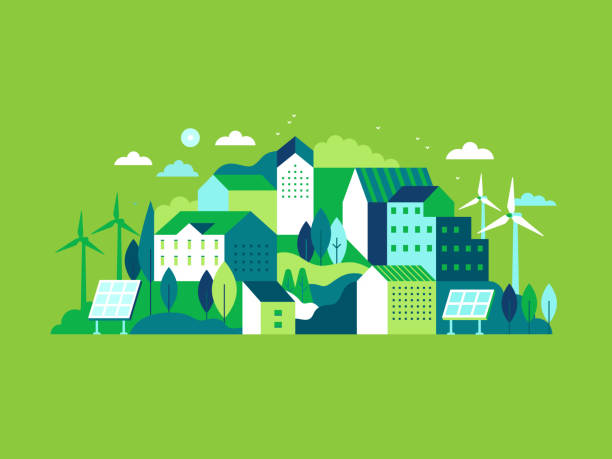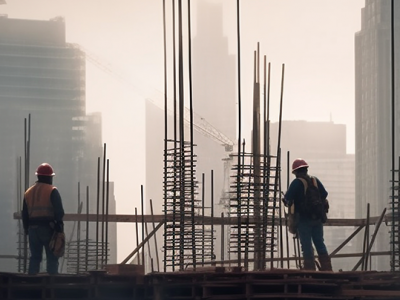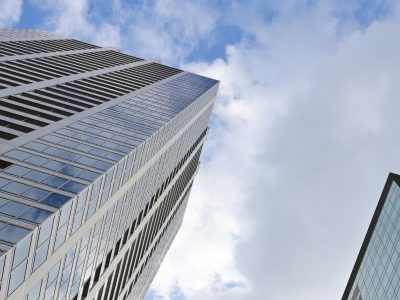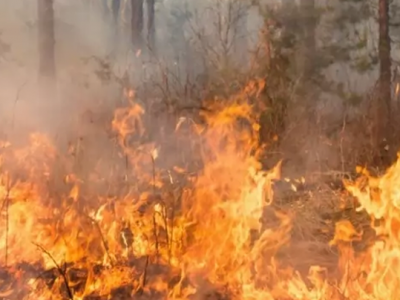Utilization of Energy has been an important and most significant factor for conventional activities like preparation of food, adjusting room temperature, lighting, and for commercial purposes like manufacturing goods and supply services, etc. Technological advancement in the early industrialization phases was composed of fossil fuels which are non-renewable in nature that is being extracted from the earth since the discovery, and are subject to scarcity and environmental risks. Even for transportation purposes, vehicles are being designed to switch from fuel to electricity and biogas, etc. Therefore, finding an alternate source of green energy which is affordable, healthy, and causes minimum environmental damage – should be a desirable choice at this point in time.
A few examples for the production of renewable energy sources are Hydro Electricity (Turbines rotated by water flow), Solar Energy (sun radiation converted using photovoltaic cells), Wind Energy (turbines rotated by wind currents), Tidal Energy (tidal currents), bioenergy (biomass, biofuels), and Geothermal Energy (Temperature from underground is converted). Worldwide electricity generated from renewables in 2019 was estimated to be 6,963 Trillion Watt-hour (TWh), out of which, the hydro projects generate 61% followed by wind, solar, bioenergy, etc. [1]. The following are the risks in renewable energy projects like the construction, generation, and supply of renewable energies:
- Risks in Planning and Pre-construction- Before construction, it has to undergo stages like Development of Detailed Project Review (DPR), Fundraising mechanism, Permissions and Approvals, Preparation of tender documents for construction, Supplier selection and Negotiation, Project risk analysis, and Environmental Impact Assessment (EIA). During these phases, the risk of delays in project development is due to the Site Selection, Land acquisitions, and Environmental clearances, and barriers like awareness, affordability, risk preparedness, political risks, local people objections, policy frameworks, qualitative technology, marketing, and negotiation, legal arbitrations, etc., are often considerable. [2
- Financial Risks- Funding must be continued from the stage of initiation to project maturity [3] so that the project raises its own revenue to some extent. Such large-scale utility projects require huge capital investments for the long term, yet it depends on the project too, for example, a hydroelectric project requires more investment when compared to other projects due to the land use and management risks near the dam [5]. The risk of failed models, PPAs (Power Purchase Agreement) will incur losses, increasing the risks of investing in renewable energy, minimum tariff rates with subsidies can fetch more profits to the project.
- Risk of Inadequate Resources- The assessment of renewable resource availability is a key factor for the funding and development of a project. For some projects like wind, hydro, and biomass it is difficult to evaluate and obtain the data that is required for the feasibility studies and financial models. And for some projects – the feasibility studies take more or less than a year, yet sometimes it is risky due to the weather uncertainties for the plant operations [2]. In the case of solar projects, while some of the data sets are available, others have to be studied from the beginning. This is done to adopt a technology that goes with that particular site/ecosystem.
- Inefficiency in risk analysis technology and mitigation mechanism- Companies with few resources to make a full-scale risk assessment and lack of reliable knowledge on emerging risks create hurdles in renewable energy risk management and hazard preparedness.
- Cyberattacks- Cyber threats in the electricity sector possess the risk of disruption to the critical infrastructure, emergency services, grid failure, failure of the consumer database system, etc. that affect the commercial activities as well as general purposes [4].
- Risks due to weather conditions- Due to climate change and pollution effects, the weather conditions sometimes become unpredictable and uncertain. The risk of operational failure can be seen when the weather conditions are unfavorable like solar plants cannot produce energy during rain. Floods, cyclones, forest fires, could damage the components and system.
- Risks in Construction- Construction risks vary from project to project which depends on the technology that we use for that particular site. The key risks that involve are as follows:
- Geothermal Energy – Drilling earth is much expensive with added temperature effects, unexpected machinery and component systems failure, planning and project handling, and management risks.
- Solar Power Plant – Unforeseen weather conditions, thefts, components failure, poor site conditions, differences in policies, supply, demand, and power transmission issues among government and companies.
- Hydro-Electric Power Plant – Flooding risks the land use and natural habitat in the dam area, is very expensive, possesses financial risks, is dependent on water availability, disturbs the water ecosystem, environmental clearances, interstate water distribution risks, emergency preparedness mechanism, etc.
- Wind Power – Average wind currents in the selected site must be compatible with the technology, critical weather conditions risk the components, transmission issues, and maintenance risks, etc.
- Biomass/Biogas – Availability and Pricing risks in collection and processing of organic matter for energy generation. Compatible technology inclusion and awareness is also a risk for the financing and adoption of plants. Risks in the safe handling of biomatter and transmission. Environmental considerations like global warming, etc.
- Tidal/ Wave Energy – Coastal environmental risks to the components due to water currents and component breakdowns, availability of adequate technology with maintenance.
Below mentioned are the few factors that needs to be considered for the risk management process in the renewable energy projects for the safe operations and successful generation and supply of energy as per the demand without any losses:
- Experienced operators with the technology need to be employed for operation and maintenance.
- Pre-feasibility studies along with the risk analysis from a professional consultation.
- Resources availability, procurement, and supply need to be monitored.
- Experienced Professional consultants need to be considered for planning, approvals, policymakers, and legal advisories.
- Technology risks must be noticed while planning, construction, operation, transmission, and utilization.
- Components like Turbines, Photo Voltaic cell panels, connecting systems, transformer stations, transmission cables, , to be selected from reliable suppliers with manufacturer warranties.
- Best pricing models need to be adopted for a successful supply of energy to the people.
- A suitable site is a key part to design for the maximum efficiency, that includes Global Horizontal Irradiation, Direct Normal Irradiance (DIN), shading, floods, wind direction, wind speed, average temperature, Area required that depends on the technology, accessibility to the plant, natural drainages with an average volume of water to the dam for hydro-electric generation, efficiency of turbines, geothermal efficiencies, geotechnical stability studies, average tidal currents for safe handling of equipment, collection system and availability of biomatter,
References:
[1] International Renewable Energy Agency (IRENA), “Renewable energy statistics 2021,” 8 August 2021. [Online]. Available: https://irena.org/publications/2021/Aug/Renewable-energy-statistics-2021.
[2] Energypedia, “Barriers and Risks to Renewable Energy Financing,” [Online]. Available: https://energypedia.info/wiki/Barriers_and_Risks_to_Renewable_Energy_Financing. [Accessed 26 August 2021].
[3] International Renewable Energy Agency (IRENA), “Unlocking Renewable Energy Investment: The role of risk mitigation and structured finance,” [Online]. Available: https://www.irena.org/publications/2016/Jun/Unlocking-Renewable-Energy-Investment-The-role-of-risk-mitigation-and-structured-finance. [Accessed 26 August 2021].
[4] S. Fleming, “As we switch to cleaner energy, there are three dangers we must not overlook,” World Economic Forum, 10 November 2020. [Online]. Available: https://www.weforum.org/agenda/2020/11/clean-energy-transition-cybersecurity-climate-change/.
[5] The World Bank, 2013. Financing Renewable Energy – Options for Developing Financing Instruments Using Public Funds.
Blog Published By: Sai Teja, Student Risk Committee Member












